Smart Grid Solutions
To regulate the supply and demand of power more accurately in real-time, save costs, and preserve the stability and dependability of the grid, smart grid solutions integrate digital technology, sensors, and software.
To satisfy the various energy needs of end users, a smart grid is an electrical network that makes use of digital and other cutting-edge technology to monitor and control the transportation of power from all generation sources. All generators, grid operators, end users, and other stakeholders in the electricity market have specific requirements and abilities coordinated by smart grids, which maximize system resilience, flexibility, and stability while minimizing costs and environmental effects. Since most of the underlying technologies are already mature, monitoring investments provide information on deployment levels.
Importance of Smart Grid Solutions
Power systems will be under more stress because of the widespread adoption of variable renewable energy sources like solar and wind, which will result in significant increases in electricity consumption. In addition to helping to make grids more dependable and robust, smart grid technology can assist in managing this transition and lessen the need for expensive new grid infrastructure.
Also Read: Microgrid Projects
Benefits of Smart Grid Solutions in Power Distribution
The key benefits of smart grid solutions in power distribution are mentioned below:
Improved Reliability and Reduced Outages
Power distribution networks' dependability may be greatly increased with the help of grid automation. Utilities can easily detect defects and respond quickly before they develop into catastrophic outages by combining intelligent equipment with real-time monitoring capabilities. By taking a proactive stance, downtime is reduced and customers receive uninterrupted power supply. Based on statistical data, grid automation may effectively shorten power outages by 27%, leading to higher customer satisfaction and better production.
Enhanced Energy Efficiency
One of the main issues facing the electricity distribution sector is energy efficiency. Utilities can precisely monitor and regulate power flows thanks to grid automation, which results in optimal energy use. Real-time monitoring is made possible by smart sensors and devices positioned thoughtfully across the network to track losses, demand patterns, and energy usage. With the help of this data-driven strategy, utilities are able to locate inefficiencies and promptly address them, which eventually saves a significant amount of energy. Research shows that energy efficiency may be increased overall by up to 20% with grid automation.
Cost Savings and Operational Efficiency
Power providers may save a large amount of money by using grid automation. Power distribution requires less manual involvement when using automated technologies, which results in more efficient operations. Utilities may save operating and maintenance expenses by quickly identifying and resolving problems without sending out field staff thanks to the remote monitoring and control capabilities. Additionally, effective load control is made possible by sophisticated grid automation technologies, which lowers peak demand costs for utilities. Grid automation is thought to be able to save up to 30% on operating expenses.
Better Integration of Renewable Energy
The electricity distribution infrastructure has particular difficulties when integrating renewable energy sources like wind and solar power. These intermittent energy sources can be seamlessly integrated thanks in large part to grid automation. Through the application of sophisticated forecasting algorithms and real-time monitoring, utilities are able to accurately balance the variable generation from renewable sources with the demand. This optimizes the use of renewable energy, minimizes curtailment, and improves grid stability. Grid automation is now necessary to provide sustainable power distribution in light of the worldwide drive for renewable energy sources.
Improved Grid Planning and Asset Management
Managing assets and designing the grid effectively are essential to guaranteeing dependable electricity distribution. Grid automation gives utilities comprehensive real-time information about the state and functionality of equipment. Utilities may plan proactive maintenance, minimize expensive downtime, and maximize asset use by utilizing data analytics and predictive maintenance. Longer asset lifetimes, lower capital costs, and more grid resilience all arise from this. Based on research findings, asset utilization may be raised by up to 18% with grid automation.
Efficient Load Balancing and Voltage Control
Grid automation enables utilities to maintain ideal voltage levels across the distribution network and balance loads effectively. Utilities can identify and quickly rectify imbalances by monitoring load patterns and voltage variations in real time. Grid automation lowers energy waste and guarantees reliable power distribution by automatically dispersing loads and changing voltage levels. Improved voltage management and load balancing lead to a more dependable and efficient power supply, which lowers losses and raises the standard of energy provided to customers.
Top Projects for Electrical Engineering Students
The top projects for electrical engineering students are provided in this section. Electrical Power System Projects can be done in numerous areas such smart grid. Some of the electrical engineering final year projects done in these areas are listed below.
Power Quality Compensation Strategy of MMC-UPQC Based on Passive Sliding Mode Control
Improving Voltage Ride-Through Capability of Grid-Tied Microgrid with Harmonics Mitigation
Energy Management Strategy of AC DC Hybrid Microgrid Based on Solid State Transformer
A Modified PI-Controller Based High Current Density DC–DC Converter for EV Charging Applications
Hybrid-Modulation Hysteresis Scheme Based Decoupled Power Control of Grid-Connected Inverter
A Single Inductor Multi-Port Power Converter for Electric Vehicle Applications
Soft-Switched Boost–Cuk-Type High Step-Up Converter for Grid-Tied With Half-Bridge Inverter
A New Multiport DC-DC Converter for DC Microgrid Applications
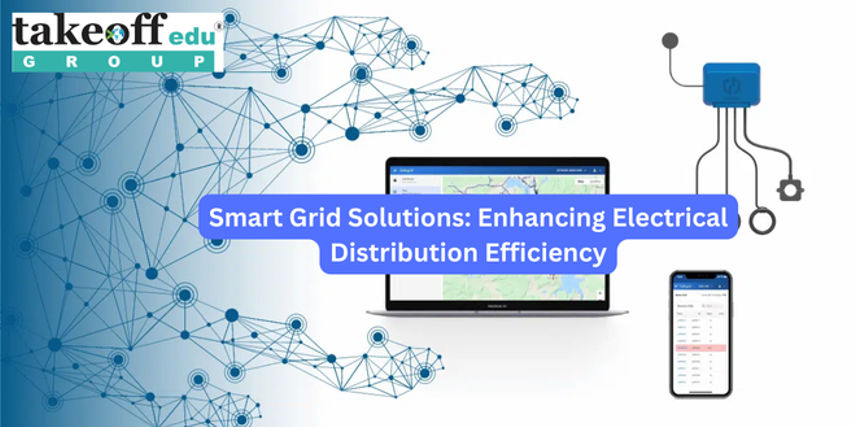
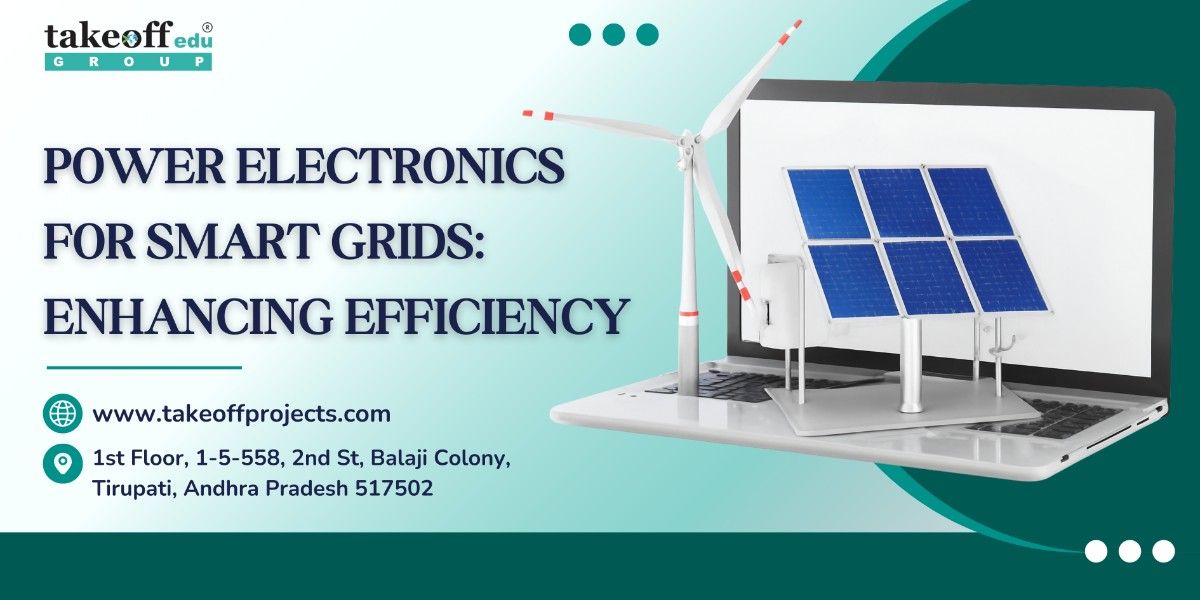 Power Electronics for Smart Grids: Enhancing Efficiency
Power Electronics for Smart Grids: Enhancing Efficiency  Introduction to Control Systems: Principles and Applications
Introduction to Control Systems: Principles and Applications  Control Strategies for Electric Drives: An Overview
Control Strategies for Electric Drives: An Overview  Electric Drives: Fundamentals & Key Components
Electric Drives: Fundamentals & Key Components 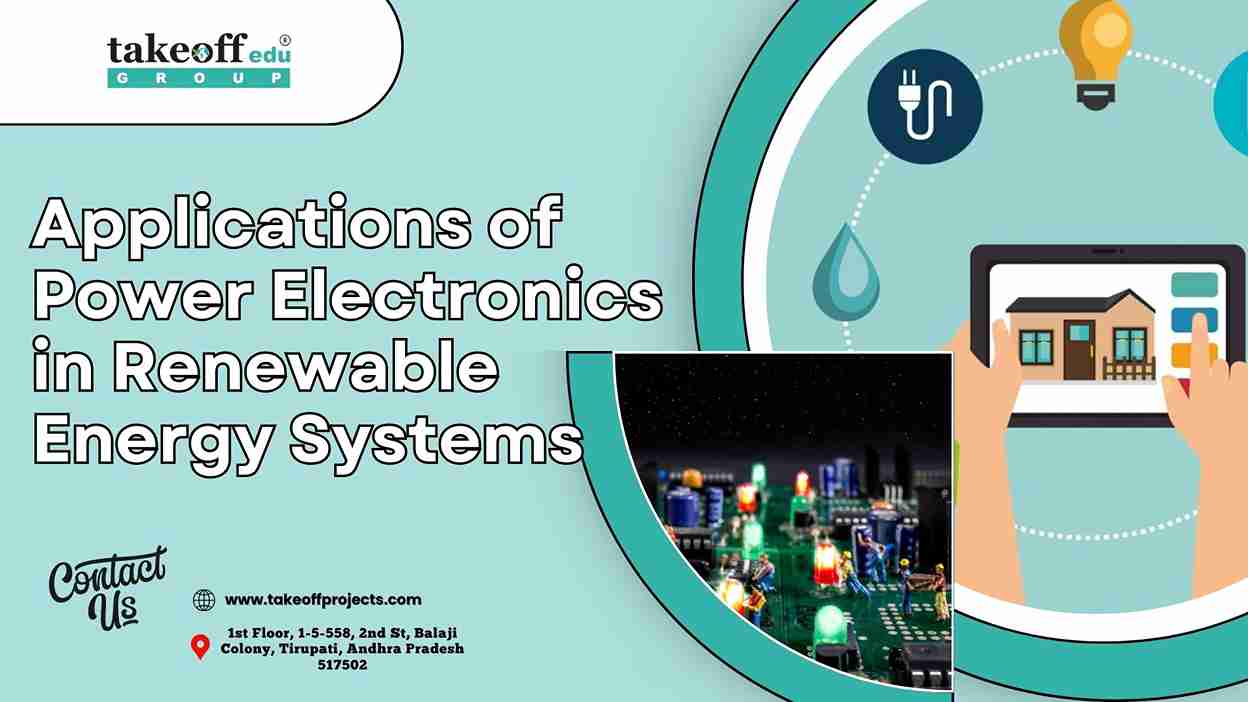 Applications of Power Electronics in Renewable Energy Systems
Applications of Power Electronics in Renewable Energy Systems  Designing Efficient Power Converters: Tips and Techniques
Designing Efficient Power Converters: Tips and Techniques 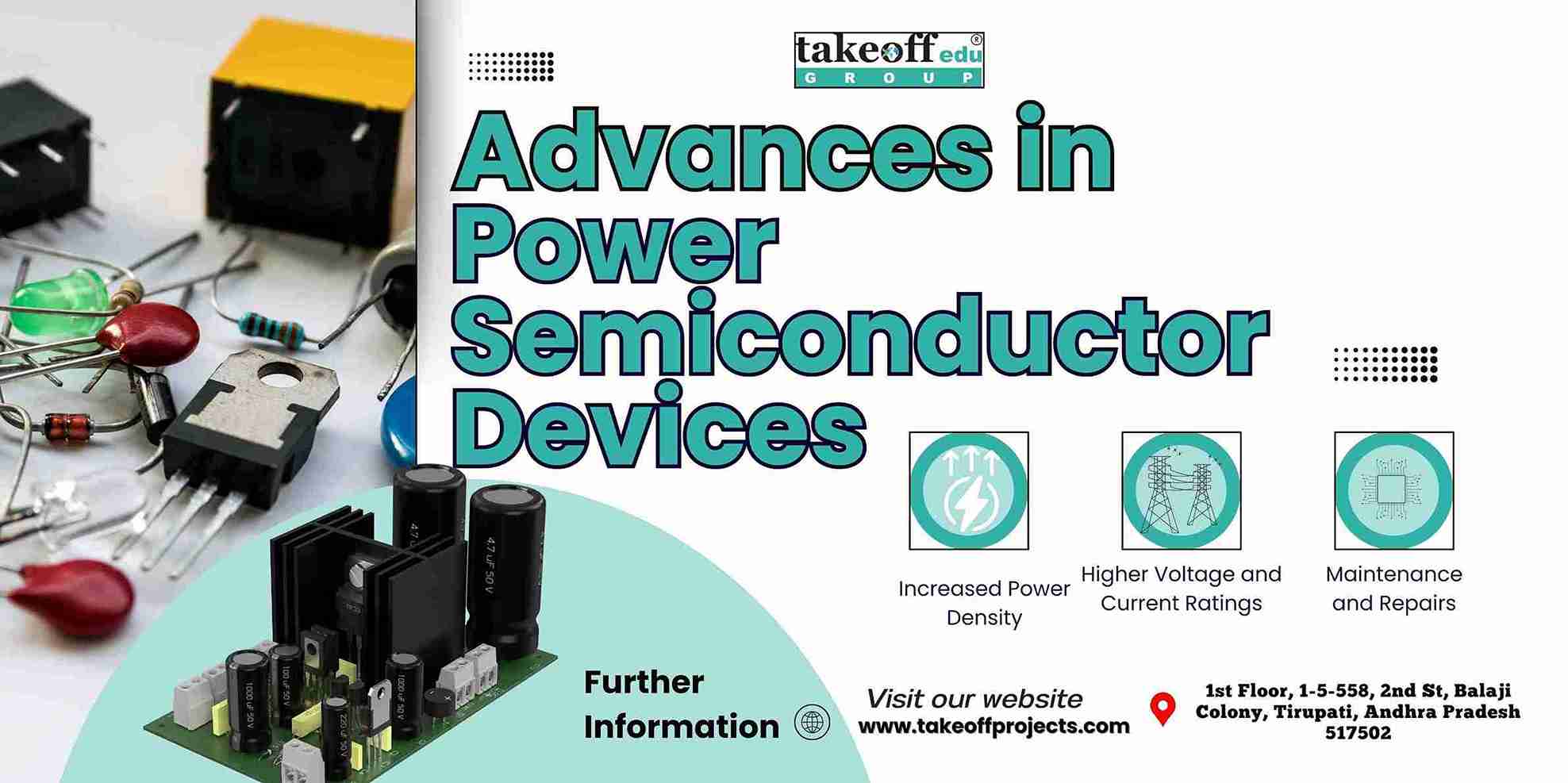 Advances in Power Semiconductor Devices
Advances in Power Semiconductor Devices  Power Electronics: Key Concepts and Applications
Power Electronics: Key Concepts and Applications  Cybersecurity in Power Systems: Protecting Critical Infrastructure
Cybersecurity in Power Systems: Protecting Critical Infrastructure 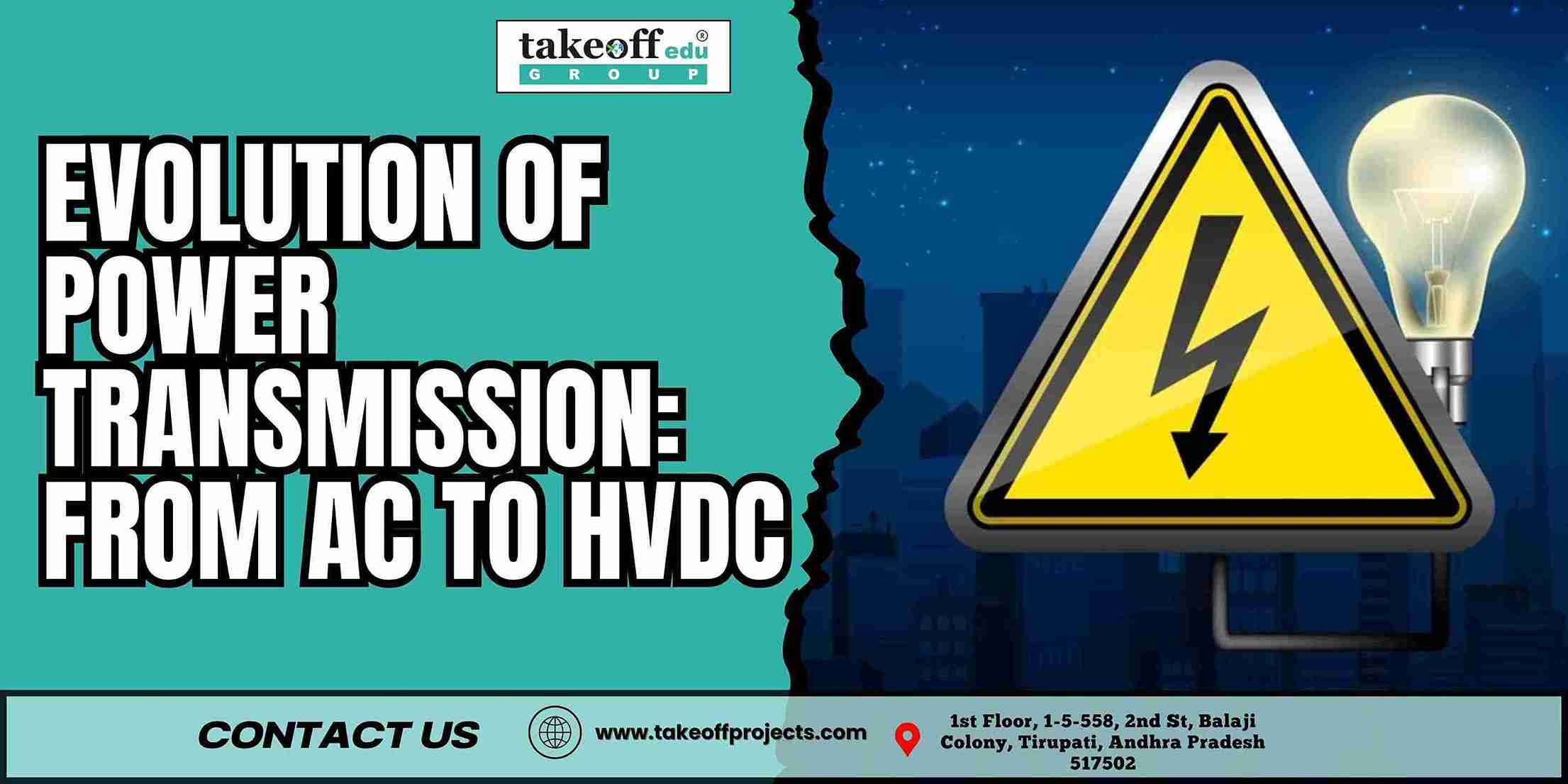 The Evolution of Power Transmission: From AC to HVDC
The Evolution of Power Transmission: From AC to HVDC 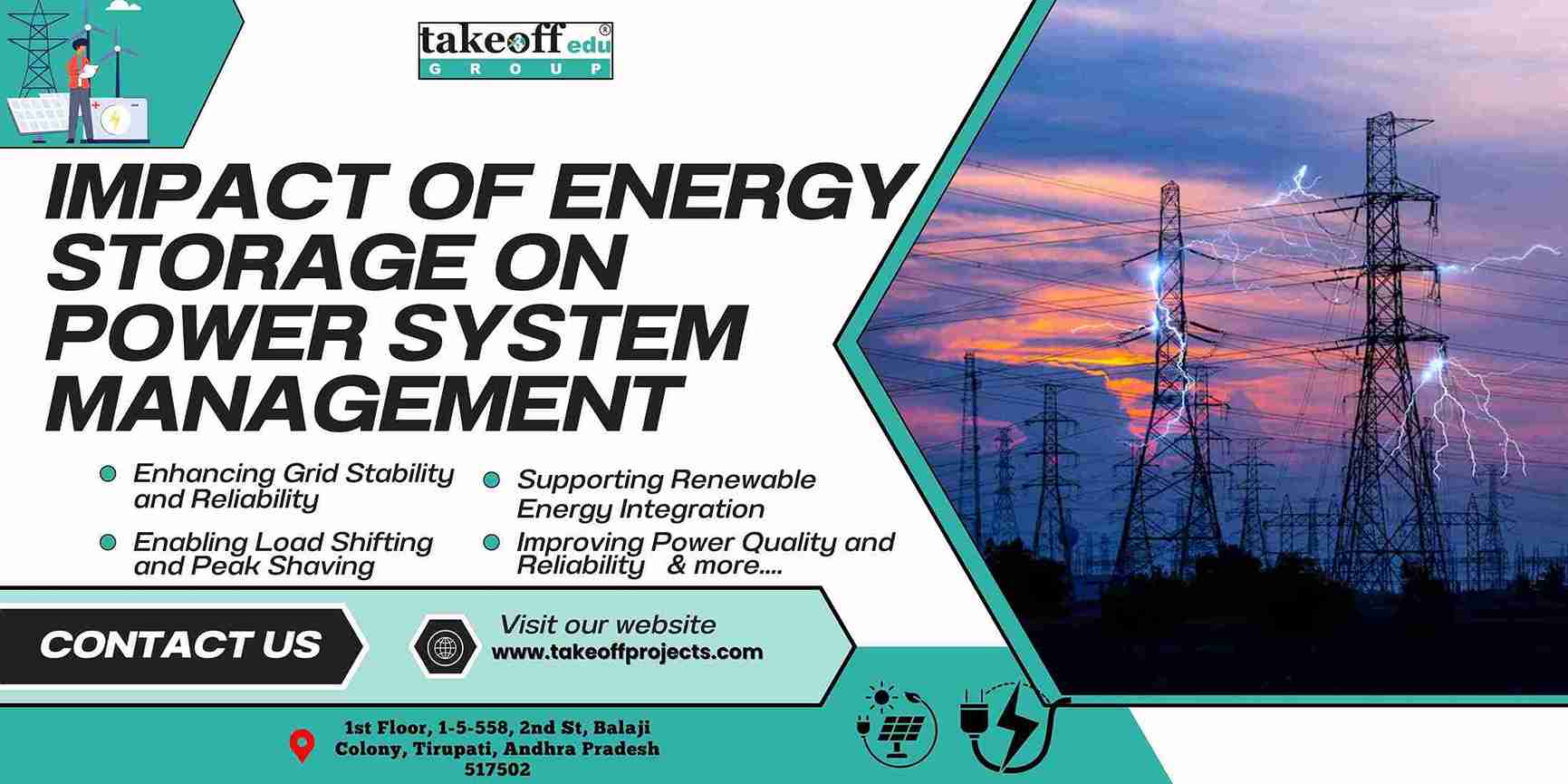 Impact of Energy Storage on Power System Management
Impact of Energy Storage on Power System Management 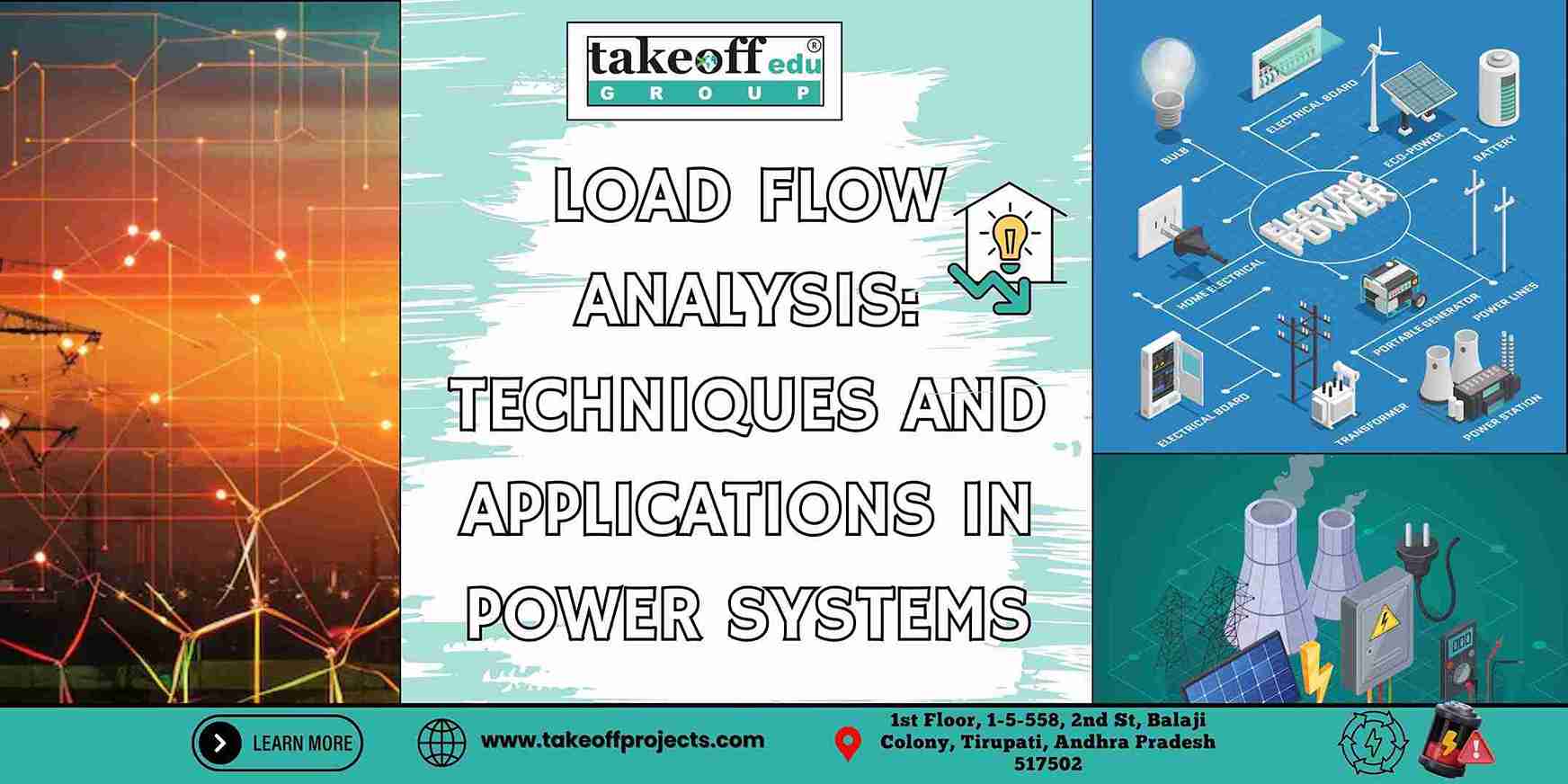 Load Flow Analysis : Techniques and Applications in Power Systems
Load Flow Analysis : Techniques and Applications in Power Systems 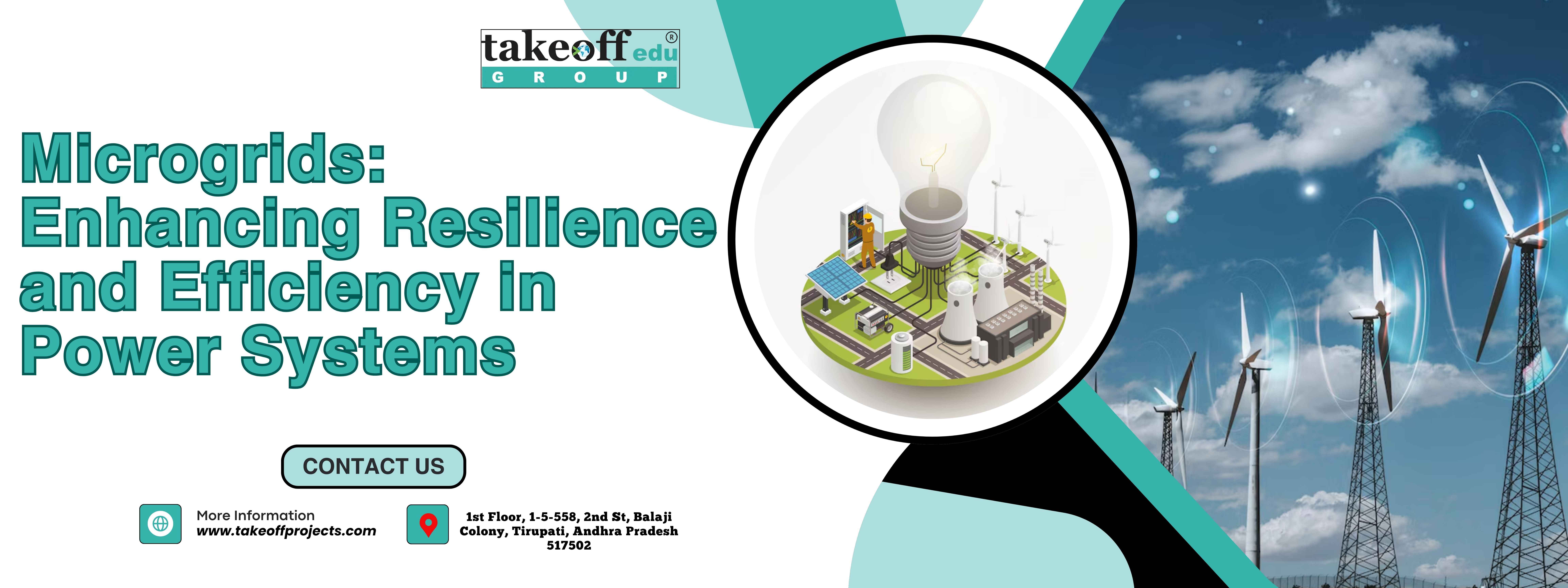 Microgrids: Enhancing Resilience and Efficiency in Power Systems
Microgrids: Enhancing Resilience and Efficiency in Power Systems 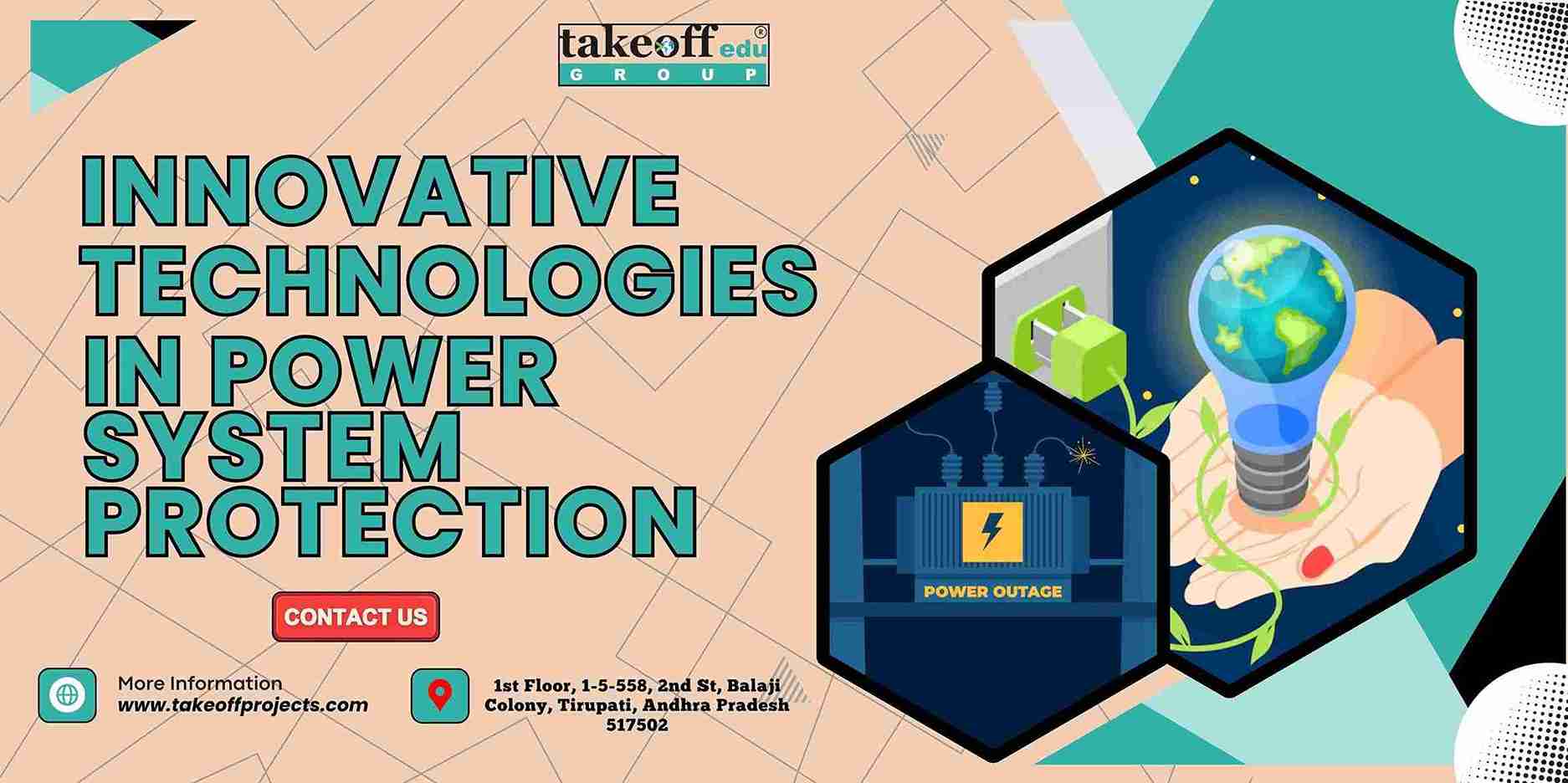 Innovative Technologies in Power System Protection
Innovative Technologies in Power System Protection 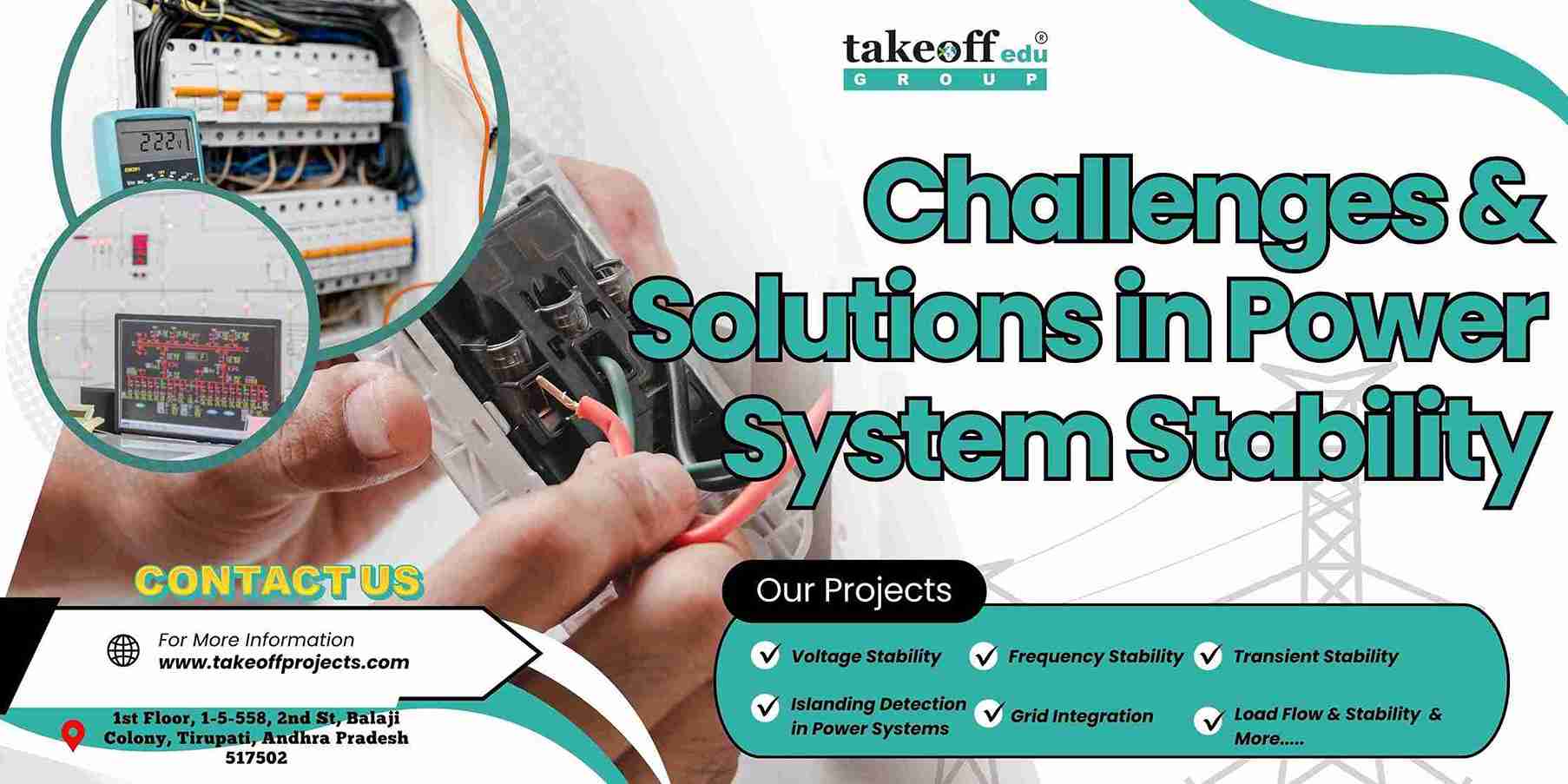 Challenges and Solutions in Power System Stability
Challenges and Solutions in Power System Stability  Final Year Electrical Engineering Project Ideas for College Students
Final Year Electrical Engineering Project Ideas for College Students  The Role of Renewable Energy in Modern Power Systems
The Role of Renewable Energy in Modern Power Systems 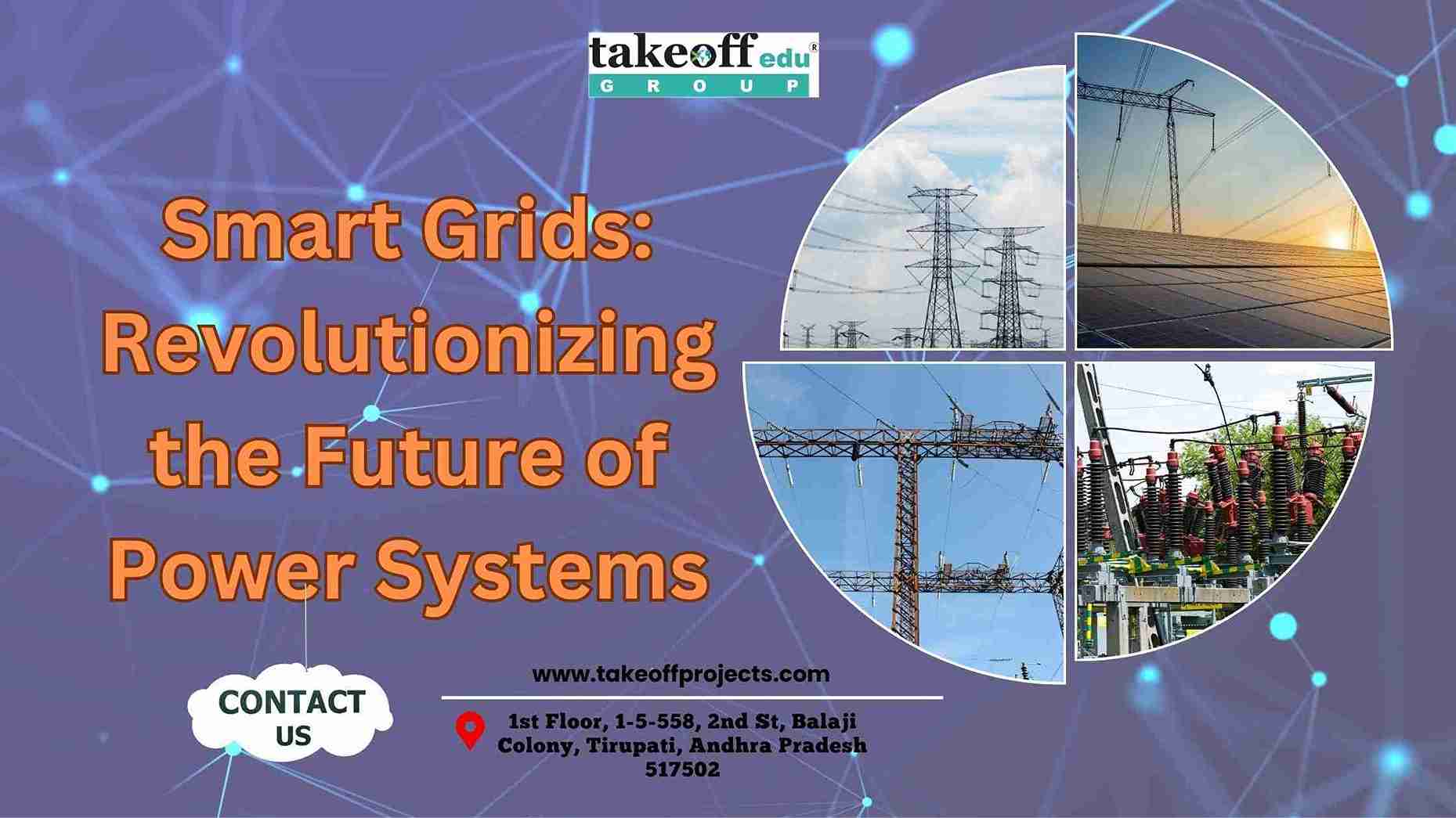 Smart Grids: Revolutionizing the Future of Power Systems
Smart Grids: Revolutionizing the Future of Power Systems 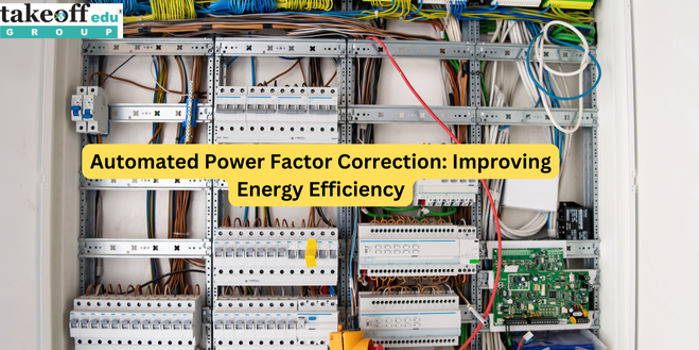 Automated Power Factor Correction: Improving Energy Efficiency
Automated Power Factor Correction: Improving Energy Efficiency 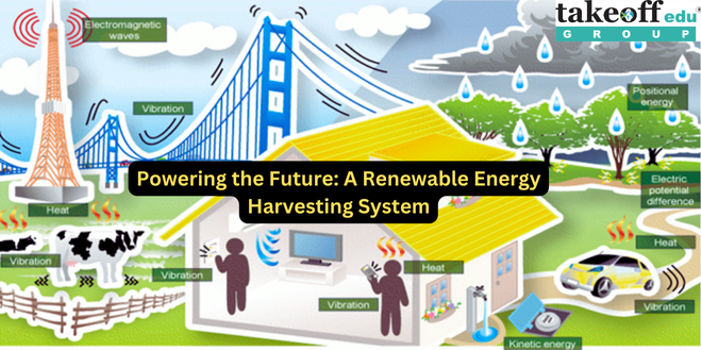 Powering the Future: A Renewable Energy Harvesting System
Powering the Future: A Renewable Energy Harvesting System 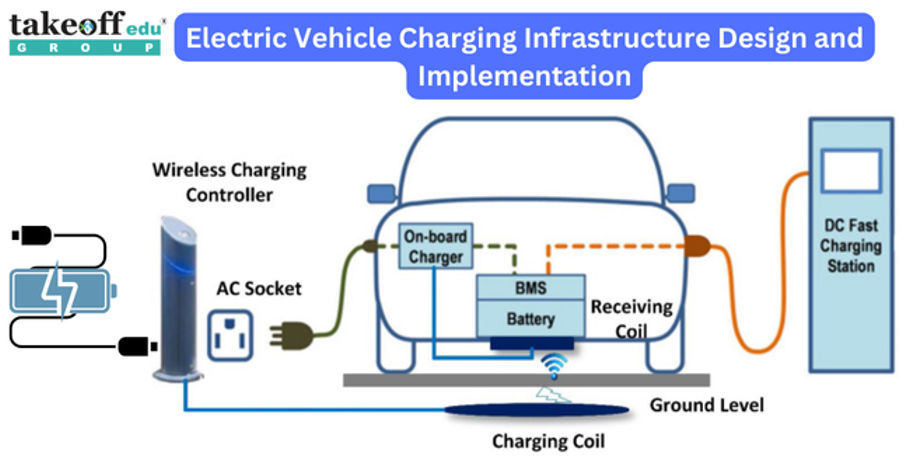 Electric Vehicle Charging Infrastructure Design and Implementation
Electric Vehicle Charging Infrastructure Design and Implementation 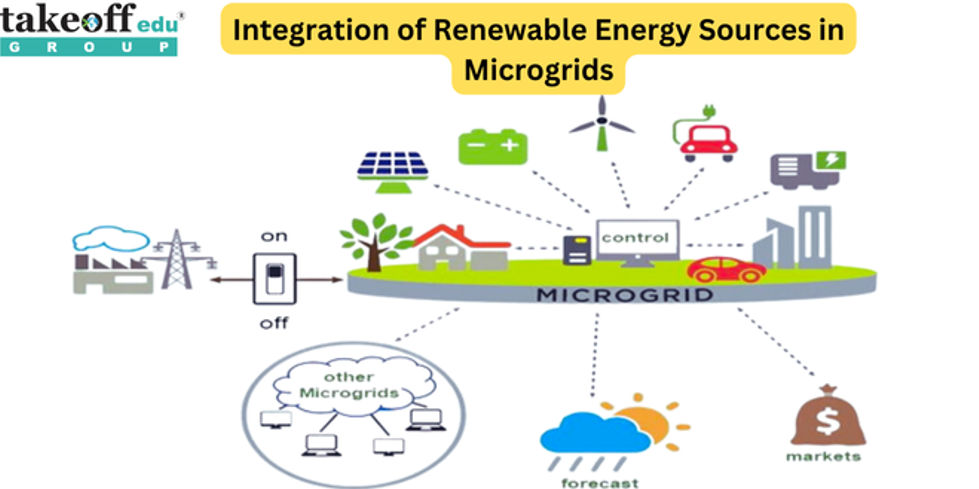 Integration of Renewable Energy Sources in Microgrids
Integration of Renewable Energy Sources in Microgrids  Electrical Projects Engineering Students
Electrical Projects Engineering Students  M.Tech Thermal Engineering Projects
M.Tech Thermal Engineering Projects  IEEE Projects for Electrical Engineering
IEEE Projects for Electrical Engineering  Mini Projects for EEE
Mini Projects for EEE  Mini Projects for Electrical Students
Mini Projects for Electrical Students  Top Electrical Projects for Final Year Students
Top Electrical Projects for Final Year Students  10 Interesting Projects for Electrical Engineering Students 2022
10 Interesting Projects for Electrical Engineering Students 2022  7 Trending Power Systems Based Projects for EEE
7 Trending Power Systems Based Projects for EEE  Top 10 Power Electronics Projects for EEE
Top 10 Power Electronics Projects for EEE  Top 16 Electrical Engineering Projects
Top 16 Electrical Engineering Projects 
 Paper Publishing
Paper Publishing


